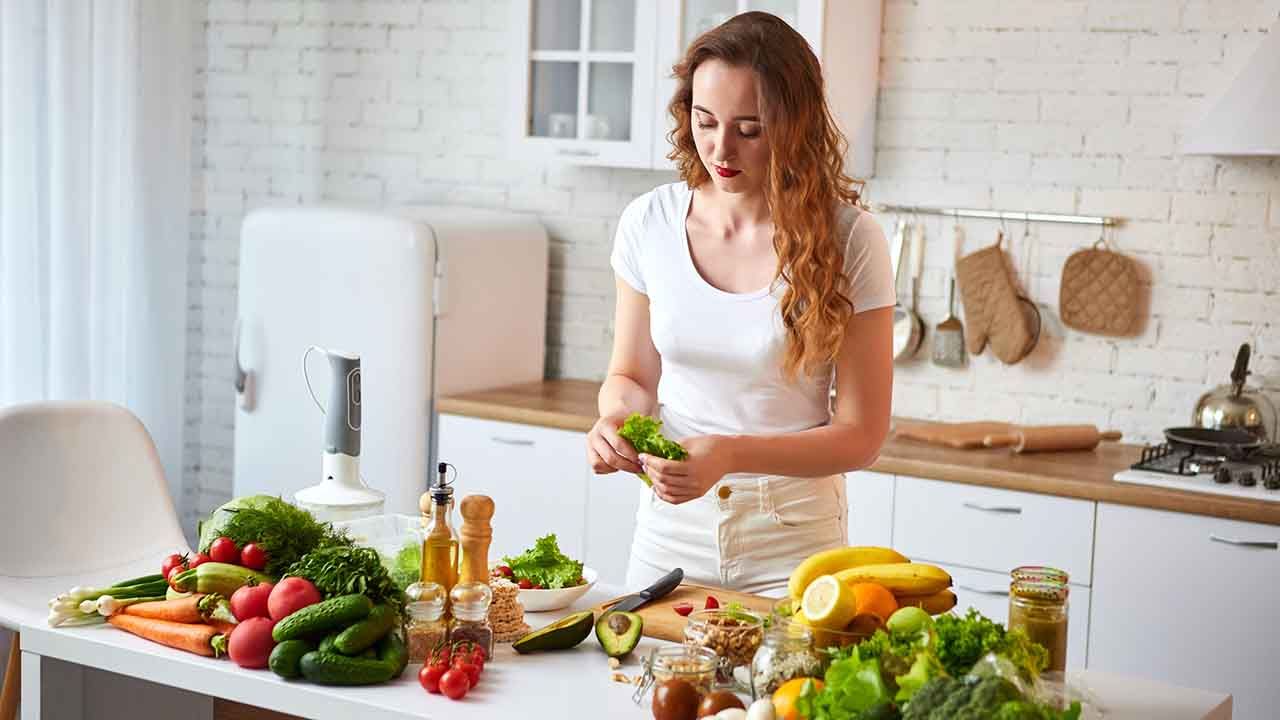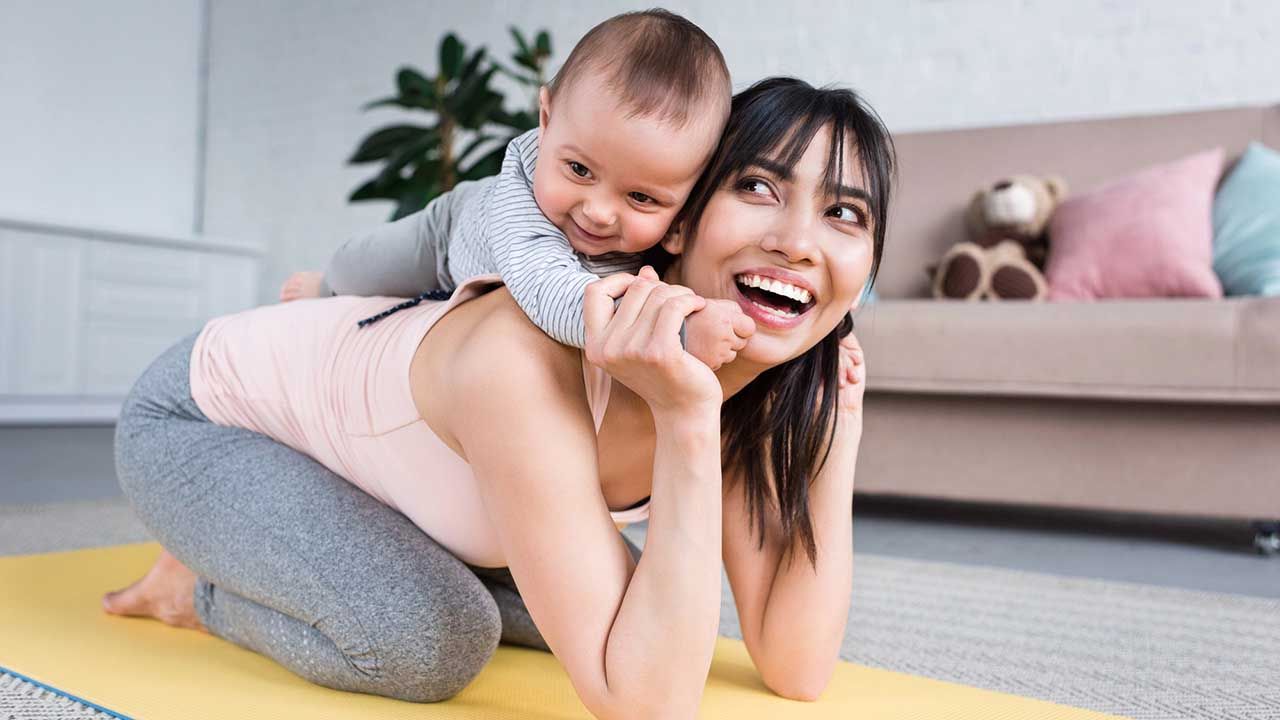How To Balance Fitness & Rest As A New Mum

There’s no shortage of advice on how to get fitter, stronger, leaner, or more energised. But when your days are full of nappies, night feeds, or simply juggling school runs with work emails, carving out time for your own wellbeing can feel like a luxury—or even a chore. The reality is, balance is more than just a buzzword. It’s a necessity. Finding that sweet spot between doing enough and doing too much is what leads to sustainable health—not burnout or guilt. It’s not about perfection, but progress that fits within the real, messy, and beautiful rhythm of family life.
The myth of ‘all or nothing’
It’s easy to fall into the trap of thinking that if you can’t do a full workout, it’s not worth doing anything at all. But fitness doesn’t have to be about hour-long gym sessions or strict plans. Movement can be fluid, flexible and adapted to your current season. Ten minutes of stretching while the kettle boils or a brisk walk with the buggy still count. In fact, these small moments of movement often add up to more consistency over time.
Letting go of the ‘all or nothing’ mindset means giving yourself permission to show up imperfectly. It’s far better to do something small and regular than to push hard once a week and feel wiped out for days. It’s this sustainable approach that actually moves the needle in the long run.
Recognising rest as part of the plan
Rest isn’t just downtime—it’s part of the process. Muscles repair and grow stronger when you rest. Hormones balance, stress levels drop, and energy is restored. So if you’re skipping rest in the name of progress, you may be slowing yourself down without realising it.
Think of rest as another form of nourishment. Just like food fuels your body, sleep and stillness fuel your ability to move, think and feel well. This doesn’t mean lying on the sofa all day (although sometimes that’s exactly what’s needed). It might mean building in recovery days, going to bed earlier, or simply pausing to breathe deeply before reacting to the next demand.
Eating for energy and recovery
Nutrition plays a key role in balancing movement and rest. Rather than focusing on restriction, think in terms of nourishment. Are you fuelling your body with enough energy to support movement—and enough nutrients to support recovery?
Focus on building meals around whole foods, lean proteins, complex carbs and healthy fats. Don’t forget to hydrate, especially if you're moving more or getting broken sleep. And if the odd biscuit or takeaway happens, that’s not failure—it’s life. A balanced approach to nutrition doesn’t hinge on perfection, but on consistency and kindness to yourself.
Tuning in, not checking out
One of the most powerful tools you have is your ability to tune into your body. That means noticing when you’re tired versus when you’re just unmotivated. It means recognising the difference between needing a rest day and avoiding movement out of habit.
This kind of self-awareness builds over time and gets easier the more you practise it. You may find it helpful to journal how you feel after certain activities or rest days. The more data you collect on your own energy, mood and sleep, the more confident you’ll become in making choices that support—not sabotage—your wellbeing.
Rethinking what counts
So often, mums dismiss the things they are doing because they don’t look like traditional exercise or wellness routines. But carrying a toddler, pushing a pram uphill, tidying the house or chasing after a scooter at the park all require strength, stamina and movement.
Start recognising the energy you’re already putting out and give yourself credit for it. Then build on it, where you can, without piling on pressure. Some weeks might include a few short workouts; others might be all about early nights and slower mornings. Both are valid, and both are valuable.
To sum up
Balancing fitness and rest isn’t about ticking boxes—it’s about listening to your body, respecting your season, and choosing actions that nourish you, not deplete you. A sustainable approach to health means integrating movement and recovery into your life in ways that feel doable, not daunting. Over time, this creates a rhythm that supports your energy, confidence and wellbeing—without needing to overhaul everything or be ‘perfect’.
Image/Depositphotos.com








